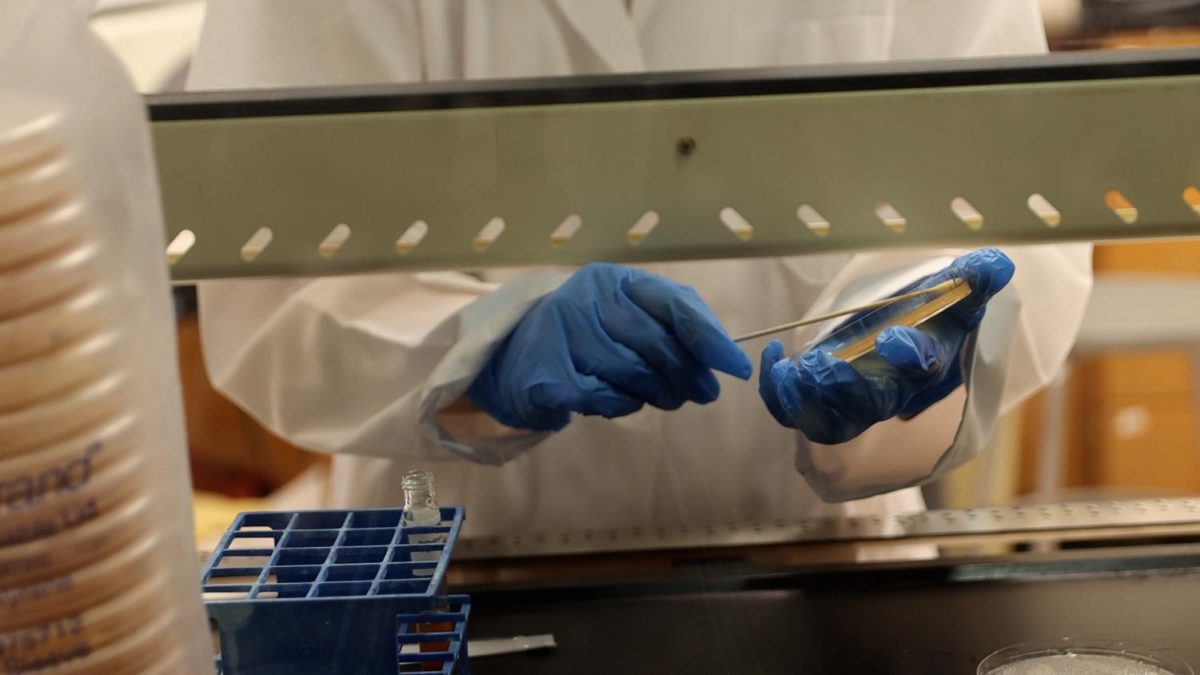Some families keep cats or dogs as pets. Upper School chemistry teacher Hoa Cost’s family keeps cats, dogs – and around a dozen backyard chickens.
For Dr. Cost, the chickens are pretty low-maintenance, apart from the few the family lost to chickenhawks in their early years of ownership. That’s especially true because, Cost insists, these chickens aren’t even hers.
“The chickens actually do not belong to me. They are my sons’,” said Cost, referring to upper schoolers Thi ’24 and Mason ’25. “They keep chickens at home.”
From a young age, the brothers have been feeding, taking care of, and collecting fresh eggs from these unconventional backyard pets – at first with their mom’s guidance, and now solo. Owning chickens was a dream long before it was a reality for the family.
“We used to live in Towson, [and] in Towson we were not allowed to keep chickens. So when we moved out and we moved further away, we moved out more out in the county. So we always thought, ‘Oh, it would be fun to have chickens,” said Cost.
They decided to adopt the pets by family consensus.
Cost’s children have been influential in her professional life as well, helping her to make the jump from teaching college to teaching high school. Some teachers might think it would be awkward to work at the same school their children go to. But it was this very reason that made Cost consider teaching at Friends.
“It was my sons who inspired me to look into it,” she said. “I figured that I, as someone, as an educator, I have kind of a unique opportunity to be able to share school [with my kids].”
Before making the career shift, Cost worked at the Community College of Baltimore County, a background that gave the teacher an air of expertise in her new environment.
Teaching in high school is more challenging. But at the same time, it’s a lot more personal. [Here,] you see them more regularly and you just develop more of a connection.
— Hoa Cost
“She seemed, from her science background and background working with undergraduate students, to have a really good grip on all of the relevant material,” said fellow Upper School science teacher Victor Polyak, who came to Friends a year before Cost. “She was really strong on that front.”
But although college is a more academically advanced setting, Cost said she still finds teaching high school harder.
“Teaching in high school is more challenging, but also at the same time it’s a lot more personal. In colleges you just prep for course, right?” she said. “You do get to know your students. But on the college campuses, it’s a lot harder to have a much deeper connection with your students. Teaching in high school, you see them more regularly and you just develop more of a connection.”
Perhaps because of that more potent emotional connection, saying goodbye to her seniors at the end of her first (and, notably, digital hybrid) year was hard.
“My very first year I was emotional ’cause, well, this is my first senior class. But then last year I was also emotional,” she said. ” So there is just something very bittersweet.”
Her son Thi agrees. But he has a different perspective on why especially her senior classes are hard to let go.
“She’s usually very emotional to her senior classes leaving. Like, I know,she really liked her classes last year,” he said. “But I think that’s just because she likes to teach the seniors a whole lot more than the sophomores. Not that she dislikes them. It’s just she’s a whole lot closer to [the older students].”
This year, Thi has a unique perspective on seniors leaving. He himself is a senior – something Dr. Cost is acutely aware of.
“I do get emotional at the end of every year. But I think having Thi in this graduating class, I think is gonna be especially emotional,” she said.
This begs the question, what will become of the Cost family chickens. Will Mason be forced to take up the slack after Thi leaves?
“Actually, it used to be a whole lot more of Mason and I working with the chickens. But actually now my mom really, really enjoys taking care of the chickens,” said Thi. “She likes to basically soup up their coop. It’s like her own little project.”
So although she knows the seniors’ departure this year is going to be more bittersweet for her than any previous senior class, at least in one way, Cost’s nests will still be full.
This story was originally published on The Quaker Quill on December 5, 2023.


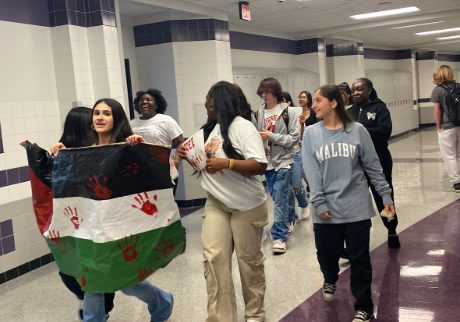


![With the AISD rank and GPA discrepancies, some students had significant changes to their stats. College and career counselor Camille Nix worked with students to appeal their college decisions if they got rejected from schools depending on their previous stats before getting updated. Students worked with Nix to update schools on their new stats in order to fully get their appropriate decisions. “Those who already were accepted [won’t be affected], but it could factor in if a student appeals their initial decision,” Principal Andy Baxa said.](https://bestofsno.com/wp-content/uploads/2024/05/53674616658_18d367e00f_o-1200x676.jpg)






![Junior Mia Milicevic practices her forehand at tennis practice with the WJ girls tennis team. “Sometimes I don’t like [tennis] because you’re alone but most of the time, I do like it for that reason because it really is just you out there. I do experience being part of a team at WJ but in tournaments and when I’m playing outside of school, I like that rush when I win a point because I did it all by myself, Milicevic said. (Courtesy Mia Milicevic)](https://bestofsno.com/wp-content/uploads/2024/06/c54807e1-6ab6-4b0b-9c65-bfa256bc7587.jpg)

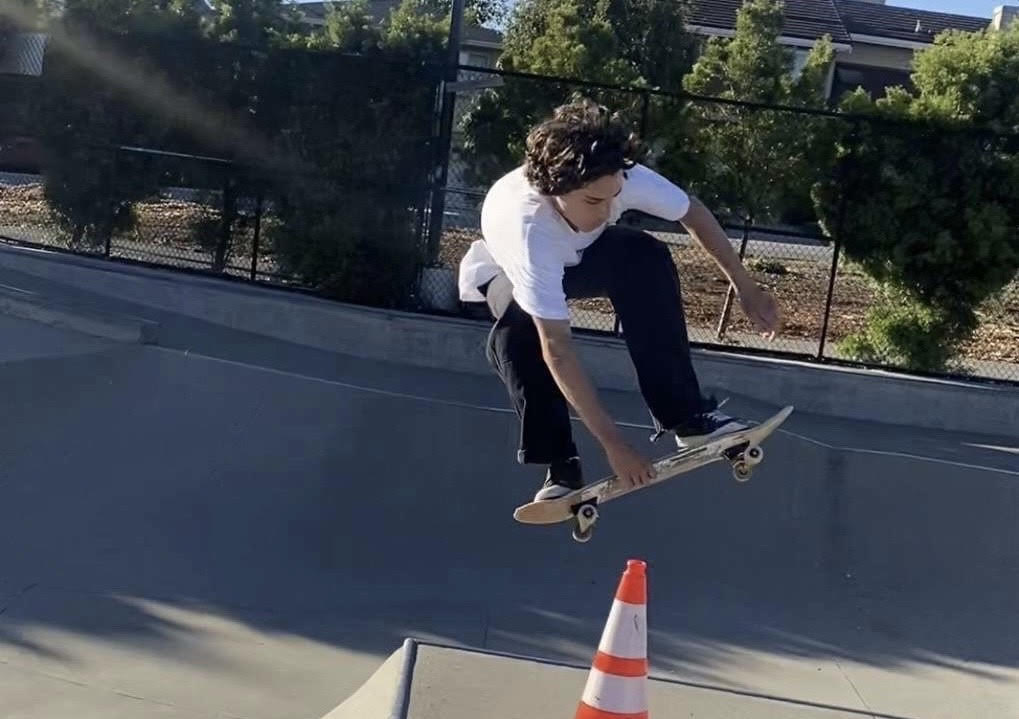



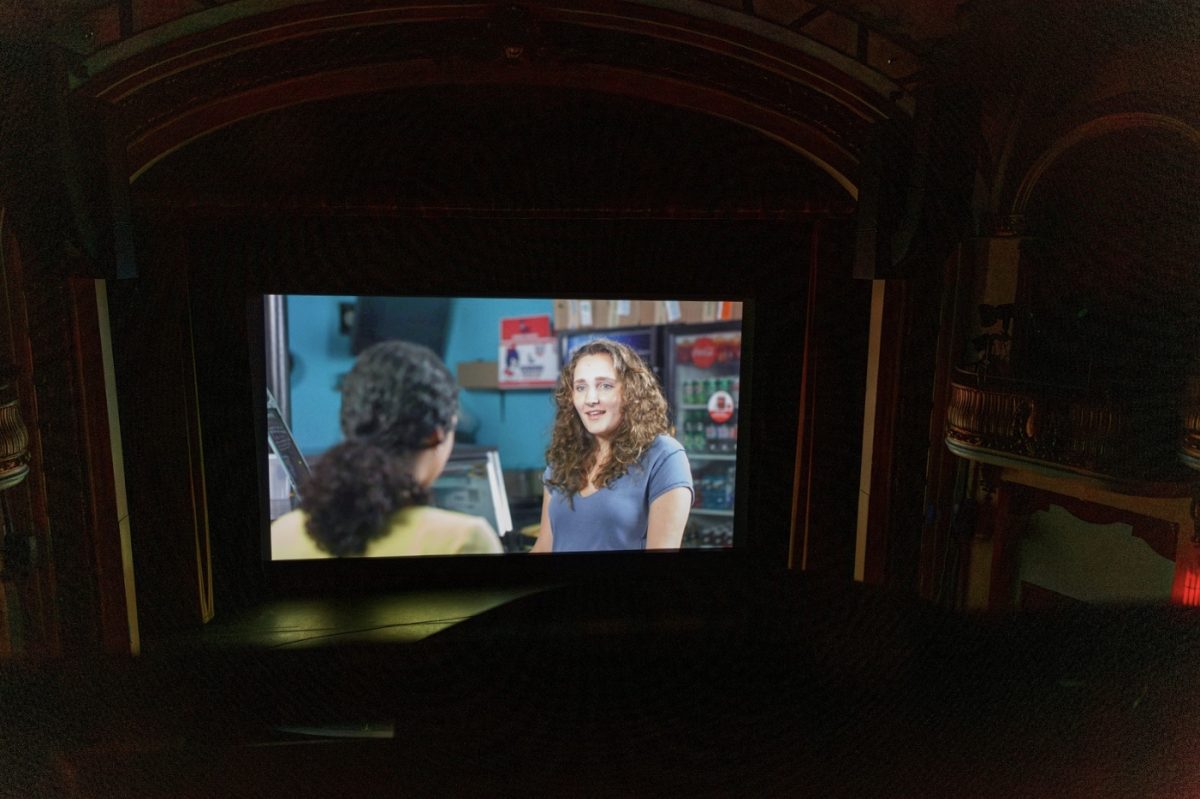

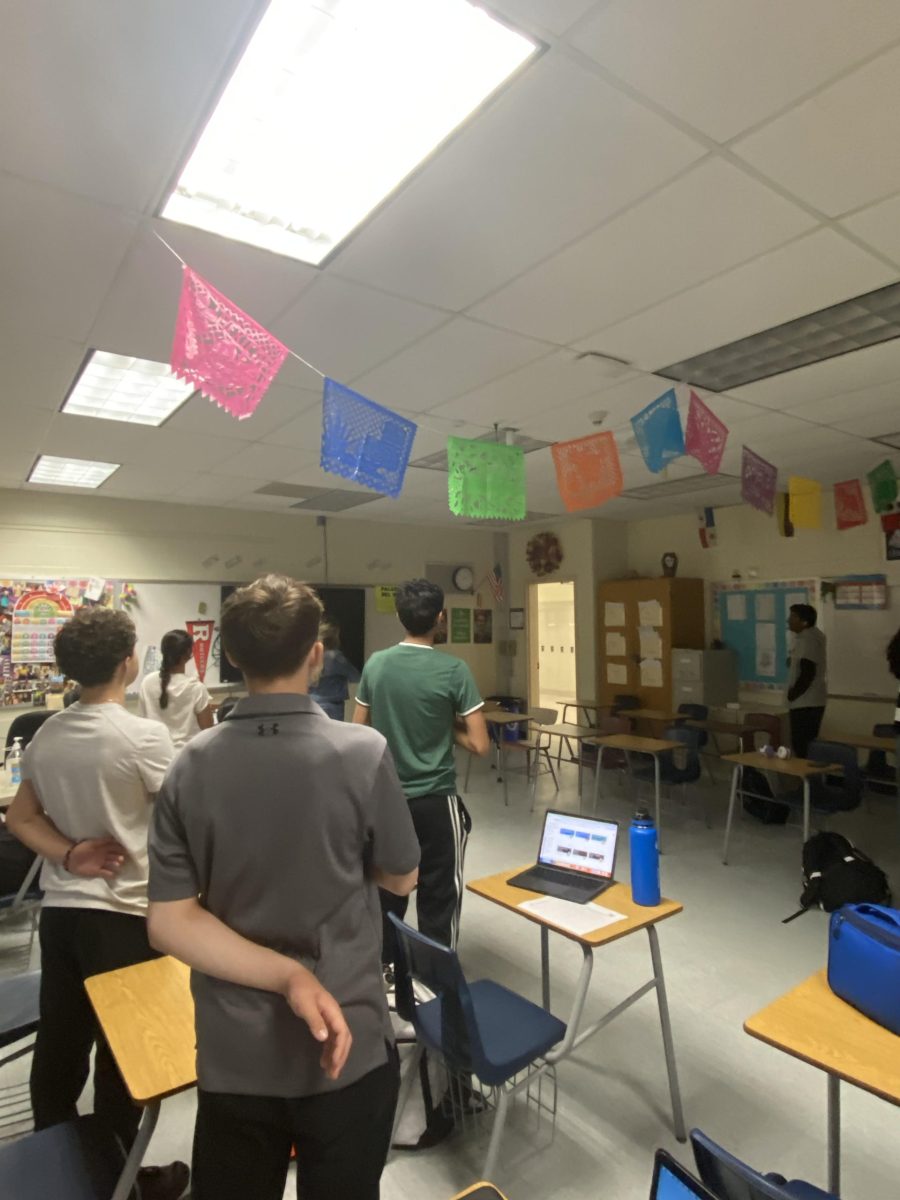
![The Jaguar student section sits down while the girls basketball team plays in the Great Eight game at the Denver Coliseum against Valor Christian High School Feb. 29. Many students who participated in the boys basketball student section prior to the girls basketball game left before half-time. I think it [the student section] plays a huge role because we actually had a decent crowd at a ranch game. I think that was the only time we had like a student section. And the energy was just awesome, varsity pointing and shooting guard Brooke Harding ‘25 said. I dont expect much from them [the Golden Boys] at all. But the fact that they left at the Elite Eight game when they were already there is honestly mind blowing to me.](https://bestofsno.com/wp-content/uploads/2024/05/IMG_7517-e1716250578550-900x1200.jpeg)






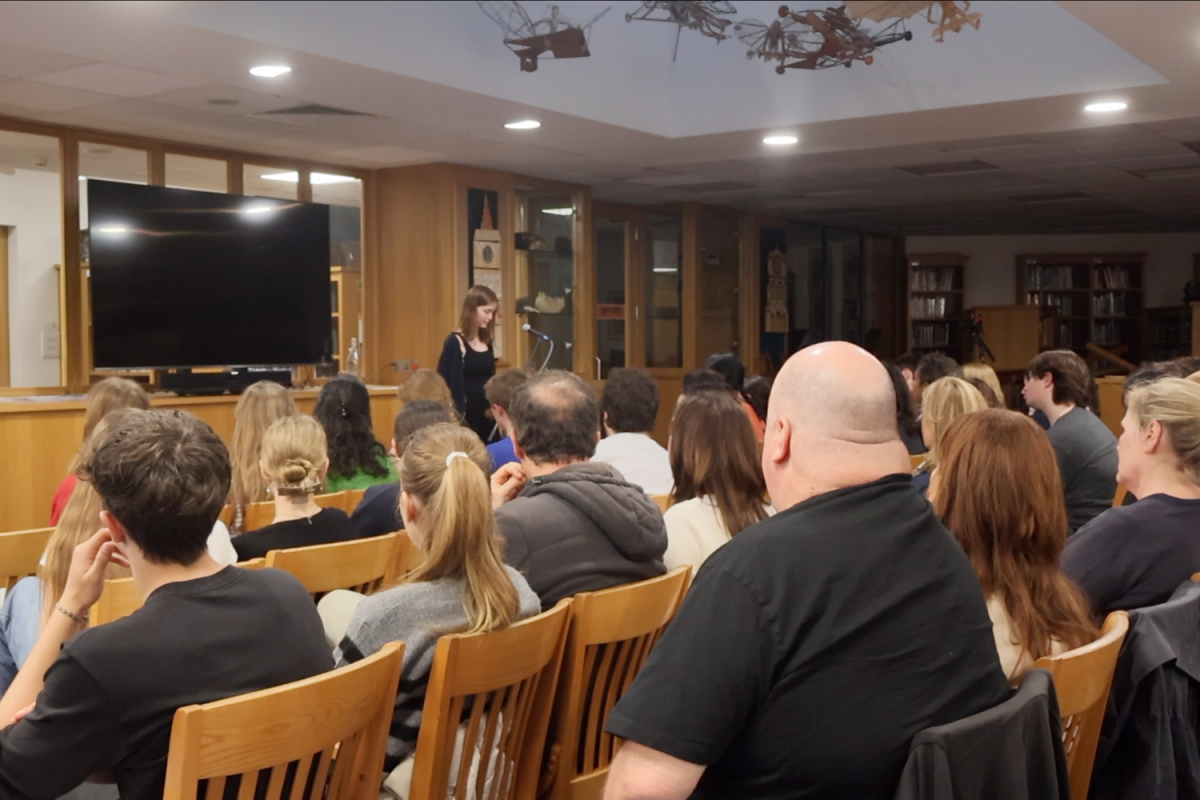


![BACKGROUND IN THE BUSINESS: Dressed by junior designer Kaitlyn Gerrie, senior Chamila Muñoz took to the “Dreamland” runway this past weekend. While it was her first time participating in the McCallum fashion show, Muñoz isn’t new to the modeling world.
I modeled here and there when I was a lot younger, maybe five or six [years old] for some jewelry brands and small businesses, but not much in recent years,” Muñoz said.
Muñoz had hoped to participate in last year’s show but couldn’t due to scheduling conflicts. For her senior year, though, she couldn’t let the opportunity pass her by.
“It’s [modeling] something I haven’t done in a while so I was excited to step out of my comfort zone in a way,” Muñoz said. “I always love trying new things and being able to show off designs of my schoolmates is such an honor.”
The preparation process for the show was hectic, leaving the final reveal of Gerrie’s design until days before the show, but the moment Muñoz tried on the outfit, all the stress for both designer and model melted away.
“I didn’t get to try on my outfit until the day before, but the look on Kaitlyn’s face when she saw what she had worked so hard to make actually on a model was just so special,” Muñoz said. “I know it meant so much to her. But then she handed me a blindfold and told me I’d be walking with it on, so that was pretty wild.”
Caption by Francie Wilhelm.](https://bestofsno.com/wp-content/uploads/2024/05/53535098892_130167352f_o-1200x800.jpg)



